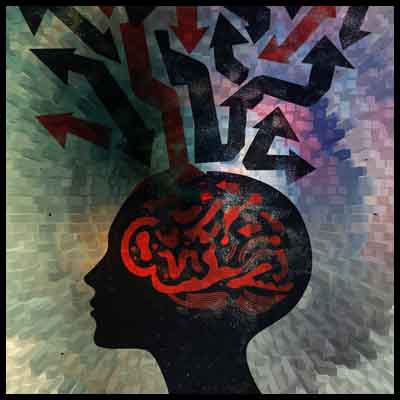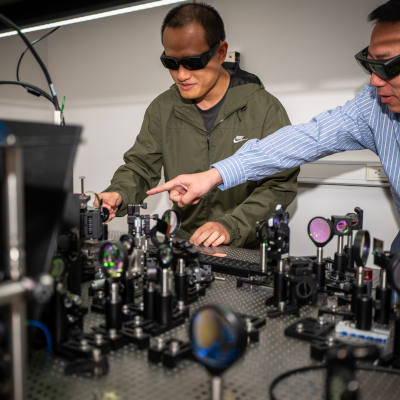AI-designed DNA switches for personalized medicine
Oct. 24, 2024.
2 mins. read.
11 Interactions
Researchers have used AI to create DNA switches that control when and where genes in our body are turned on or off.
Researchers at The Jackson Laboratory, with teams from the Broad Institute of MIT and Harvard, and Yale University, have used Artificial Intelligence (AI) to create new DNA switches.
These switches help control when and where genes in our body are turned on or off, which is crucial for understanding and potentially treating various diseases.
DNA switches, known as cis-regulatory elements (CREs), are parts of the DNA that manage how genes are expressed, meaning they decide if a gene is active or not. Think of genes like light bulbs and CREs like dimmer switches; they can brighten, dim, or turn off the light entirely.
DNA switches work in a complex language that scientists are still decoding. Using deep learning, the research team trained a computer model with hundreds of thousands of DNA sequences. They specifically looked at how these sequences acted in blood, liver, and brain cells. This training helped the AI understand the “language” of these DNA switches.
After learning, the AI was used to design thousands of new, synthetic CREs through a platform named CODA (Computational Optimization of DNA Activity). These new CREs are special because they can be tailored to activate or deactivate genes in very specific types of cells. For example, a CRE could turn on a gene in liver cells but keep it turned off in blood or brain cells.
“This creates the opportunity for us to turn the expression of a gene up or down in just one tissue without affecting the rest of the body,” says research co-leader Ryan Tewhey in a Jackson Laboratory press release.
The researchers describe the methods and results of this study in a paper published in Nature.
Applications to personalized medicine
This approach makes it possible to control genes with high precision and introduces the possibility of creating treatments that target specific cells or conditions without affecting others. This could be particularly useful in gene therapy, where the goal is to fix or replace faulty genes causing diseases.
The researchers found that these AI-designed CREs worked better than natural ones because they combined elements that activated genes in the desired cells and suppressed them in others. This research marks a step forward in personalized medicine, where treatments could be designed specifically for an individual’s genetic makeup, potentially leading to more effective therapies for complex diseases.
Let us know your thoughts! Sign up for a Mindplex account now, join our Telegram, or follow us on Twitter.


.png)

.png)


.png)








0 Comments
0 thoughts on “AI-designed DNA switches for personalized medicine”